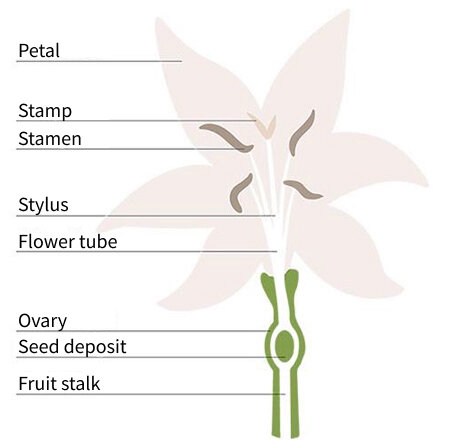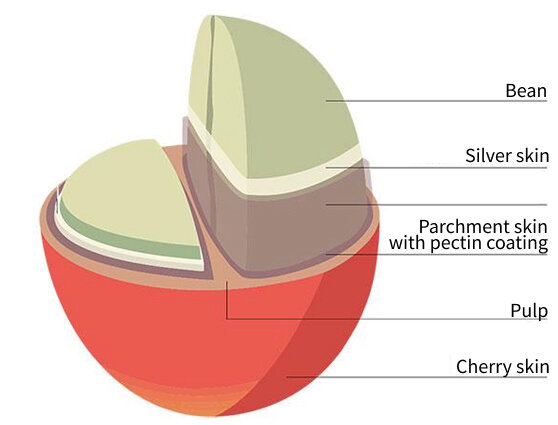Coffee commodity knowledge
From chance to the flavored drink
According to legend, the coffee tree has been around for a very long time. It was named after the Kaffa region in the Abyssinian highlands in Ethiopia, the original home of this plant.
A goatherd made this extraordinary discovery - there must have been something special about the fact that his herd was unusually lively and could not rest even late at night.
The next morning, he set off in search of it and observed that his animals were eating red fruit from a bush. Apparently he then tasted it himself or perhaps he first prepared a decoction from it in order to experience the special effect on his own body. This must have been around the 9th century.
The term "kachve", which means "giving strength", came into being with the later coffee trade in the Arab world. The Turkish word "Kaveh" was derived from this.
Over the centuries, further experimentation with the use and preparation of coffee led to the idea of roasting. The special aroma of the coffee bean was then also discovered.
Around the 12th century, a lively trade developed, especially via the then important port city of Mocha. And as the beans were only allowed to leave the country roasted, the Arabs created a monopoly position for themselves as a coffee supplier.
It was not until the 17th century that the cultivation areas were able to expand beyond the African-Arabic region, as Venetian traders secretly managed to get beans ready to germinate out of the country. The Europeans now began to grow coffee on their own plantations in their colonies. By the end of the 19th century, coffee was growing around the equator. Today, this global coffee belt includes more than 80 countries.

